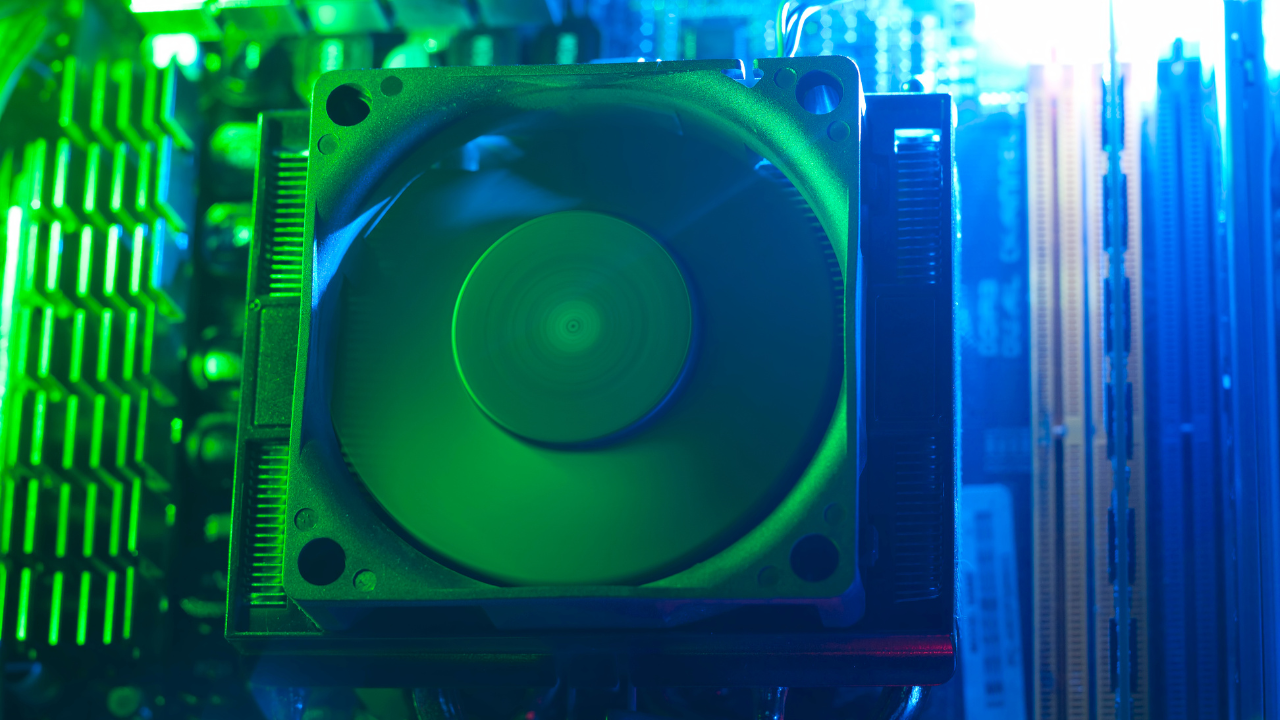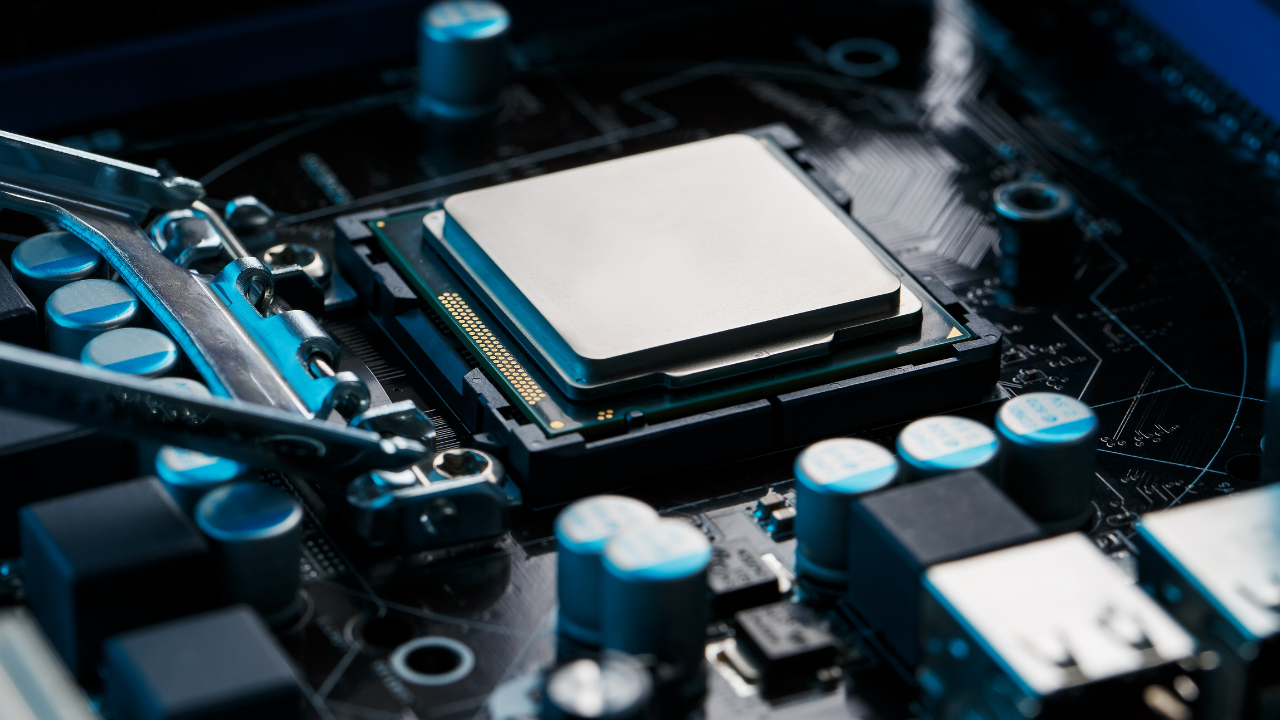
Overclocking is the solution to get the most out of your processor. Overclocking is increasing the clock rate of a computer processor beyond its rated speed to gain better performance.
In this guide, we will provide a comprehensive guide on how to overclock your processor for improved performance safely. We will discuss the steps required, the tools needed, and the risks involved with overclocking.
So, if you’re ready to increase the speed of your processor, let’s get started!
Understand The Risks Involved
Overclocking your processor is a great way to increase your computer’s performance, but it comes with some risks. Before you start, it’s important to understand what can go wrong.
Overclocking can cause your processor to become unstable or even damaged. It can also lead to higher temperatures, which can cause damage over time. Additionally, if done incorrectly, it can void the warranty on your processor.
Ensure you have adequate cooling for your processor, and be aware that some chipsets may not be compatible with the overclocking process. Therefore, it’s important to research and understand the risks associated with overclocking before taking the plunge.
It’s also good to back up your data before starting, just in case something goes wrong. Considering the risks, you can move forward knowing you’re taking all necessary precautions.
Prep Your PC
Preparing your PC for overclocking is essential. You will want to ensure your PC runs with the most recent drivers and software updates. This includes all the components of your system, such as the motherboard, processor, RAM, graphics card, etc. Additionally, you should back up any important data before proceeding with an overclock.
You’ll also want to make sure that your PC has sufficient cooling. Ensure that the heatsink and fan are properly installed on the processor and that your fans are in good working order. Make sure that you have adequate airflow inside the PC and that your cooling system is adequate for the level of overclocking you intend to do.
Finally, ensure that your power supply can handle the increase in power requirements. If your power supply can’t keep up with an overclocked system’s demands, it could lead to instability and even damage to your components. You should also double-check that all other components are compatible with the increased speeds.
BIOS Settings
When you are ready to begin the overclocking process, one of the most important steps is ensuring your BIOS settings are configured correctly. The BIOS stands for Basic Input/Output System and is the first program your computer will execute when powered on.
You can access the BIOS settings by pressing a specific key as your computer boots up, usually, Delete or F2. This will open up a menu of options to configure to overclock your processor.
You should be aware of several key settings when it comes to overclocking your processor. Firstly, the voltage settings. You should adjust the voltage to ensure the power delivery to your processor is sufficient to keep it running smoothly at its overclocked speed. You should also make sure that any other settings related to the processor are enabled. This includes things like Intel Turbo Boost, which allows the processor to increase its clock speed when needed automatically.
Finally, you should also adjust the fan speed settings to keep the processor cool during operation. Overclocking your processor can generate a lot of heat, so ensuring the fans are running at the correct speed is important to dissipate this heat effectively.
Configuring your BIOS settings correctly ensures that your processor is safely overclocked and running at its maximum potential.
Safe Overclocking Temperatures
When overclocking your processor, you need to be aware of the temperatures it will be exposed to. This ensures that the temperatures remain within a safe range and don’t cause any long-term damage to the processor. Generally speaking, you should aim to keep temperatures below 70°C, as anything higher than this could result in potential issues or premature death of the processor.
The best way to monitor your processor’s temperature is to use a program like Core Temp. This program will accurately read the core temperatures and let you know when the temperature reaches a dangerous level. You should also monitor the cooling system to ensure it is up to the task of cooling the increased load. Invest in a better cooler or case fans to ensure optimal cooling.
Finally, it is important to note that not all processors are created equal. Some processors may handle higher temperatures better than others, so it is important to research the specific model before you start overclocking. Knowing the exact specifications of your processor can help you determine what is a safe temperature for overclocking.
Stress Testing Your Overclock
Stress testing your overclock is an essential step in the process of overclocking your processor. This will help you determine whether or not your system is stable and reliable after making changes to the BIOS settings. Stress testing puts a high load on your CPU and its components, allowing you to make sure that your overclock is not causing any problems.
One of the best ways to stress-test the overclock is with a program called Prime95. This program will put your CPU through intense calculations, which is a great way to test its stability. Other popular stress testing programs include IntelBurnTest, Aida64, OCCT, and FurMark.
When running a stress test, you should pay close attention to the temperatures of your processor and other components and any error messages that may appear. At this point, you should reduce the speed at which your processor is running and retest for stability. If your system crashes or begins to show signs of instability during the stress test, it’s likely that you have gone too far with your overclocking.
Stress testing is an important overclocking process and can help ensure your system is safe and stable. If you are ever trying to figure out the stability of your overclock, running a stress test is a great way to check and ensure everything is working correctly.
Adjusting Voltage
When it comes to overclocking, adjusting the voltage is crucial to ensure that your processor is stable and running at its optimum performance level. The amount of voltage your processor requires depends on the type of processor and the speed you are attempting to reach.
To adjust the voltage, open your BIOS and select the “Advanced” or “Chipset” options. From there, you will see an option for CPU voltage. You can manually adjust the voltage to your desired level by entering a numerical value.
It’s important to note that overclocking can put additional stress on your processor, so it’s important to set a safe and reasonable voltage level. Generally, if you are using air cooling, you should not exceed 1.3V. If you are using liquid cooling, then you can push a bit higher without risking damage to your processor.
Once you have set the voltage to your desired level, save the changes and reboot your PC. You should now be able to stress test the overclock settings to make sure they are stable and running at the correct speed.
Saving Your Overclock Settings
Once you’ve completed your overclocking journey, you must save your settings. This ensures that when you restart your computer, it will use the same settings and maintain overclocking. Depending on your motherboard’s BIOS, saving your settings is relatively simple.
Once everything is in order, it’s time to save your overclock settings. You can usually do this using the F10 key at the main BIOS screen or the “Save & Exit” button if present. Before saving your settings, double-check all of the other settings and ensure they are what you intended.
If you’re using an older BIOS, you may need to use the “Save & Exit Setup” option from the main menu. If prompted, select Yes or OK to save your changes. After that, your BIOS should be saved, and the overclock will be active when you restart the PC.
If you need help with saving your overclock settings, it’s best to consult your motherboard’s manual or contact customer support for help. Saving your overclocking settings is essential to maintaining performance and stability, so take the time to do it right.
Monitor Your Overclock
Once your processor is overclocked, it’s important to monitor its performance. While your system may have been stable during testing, you’ll want to ensure it’s running properly over an extended period.
A great way to monitor your system is by downloading a temperature monitoring program. This will help you stay on top of the temperature of your processor so you can address any issues before they become critical.
It’s also important to note that when you overclock a processor, you shorten its lifespan. Over time, your processor will begin to degrade, and you’ll need to adjust your overclocking settings accordingly. By regularly monitoring your system, you can extend the life of your processor and ensure that it is running at peak performance for as long as possible.
Finally, if you notice any issues with your overclocked processor, it’s best to dial back the overclock or reduce your voltage immediately. Continuing to run a processor beyond its capabilities can result in severe damage or even total failure.
By taking the necessary precautions and regularly monitoring your system, you can ensure that your processor runs safely and efficiently.
Conclusion

Overclocking your processor can be a great way to improve the performance of your computer. With the right preparation and caution, you can safely overclock your processor to get more power out of it.
However, it’s important to remember that there are risks involved when overclocking, so be sure to research and understand the basics before taking any steps. Make sure to monitor your processor temperatures and adjust the voltage accordingly, as well as stress test your overclocked processor regularly.
By following the steps outlined in this guide, you should better understand how to safely and effectively overclock your processor for improved performance.